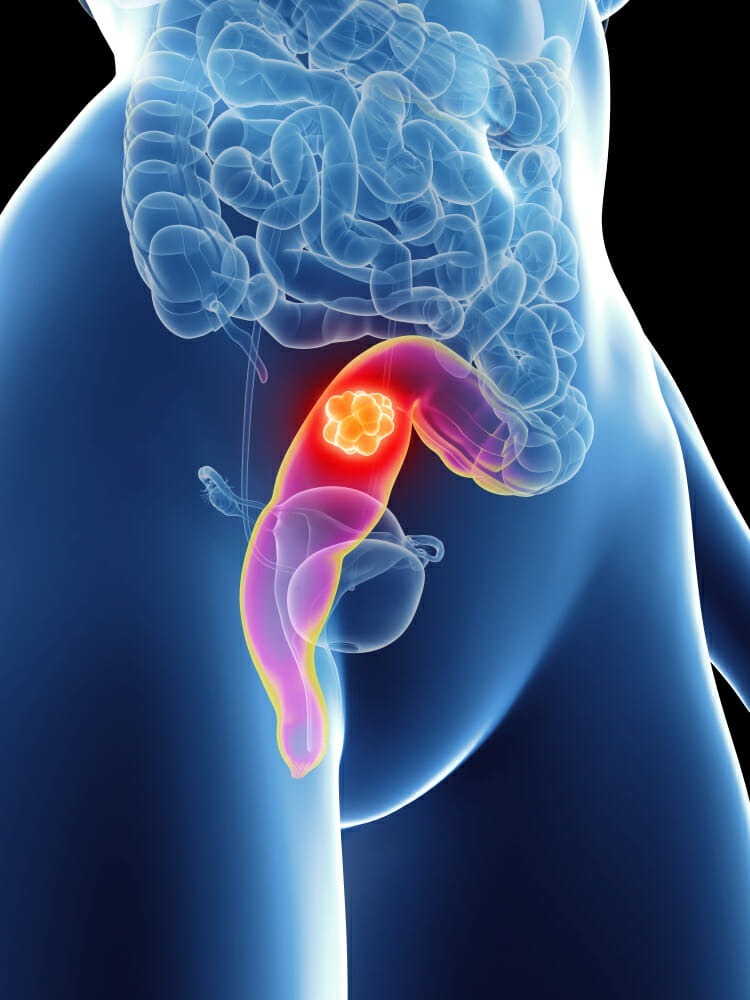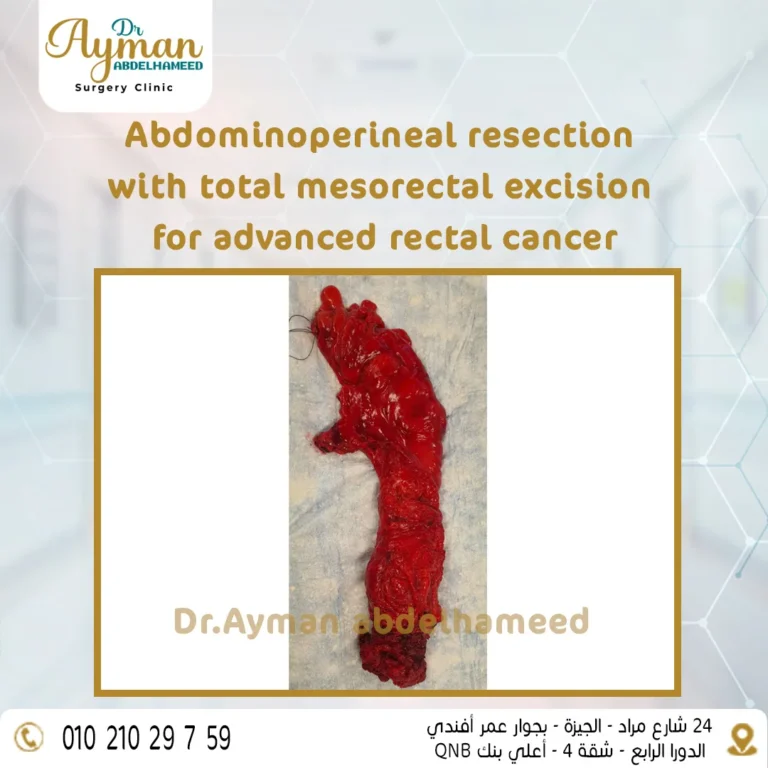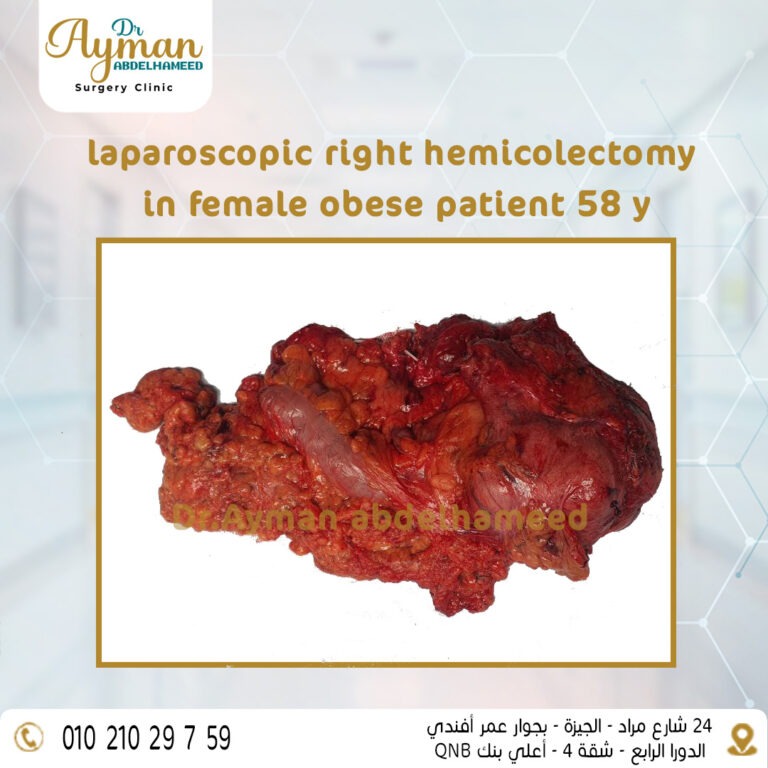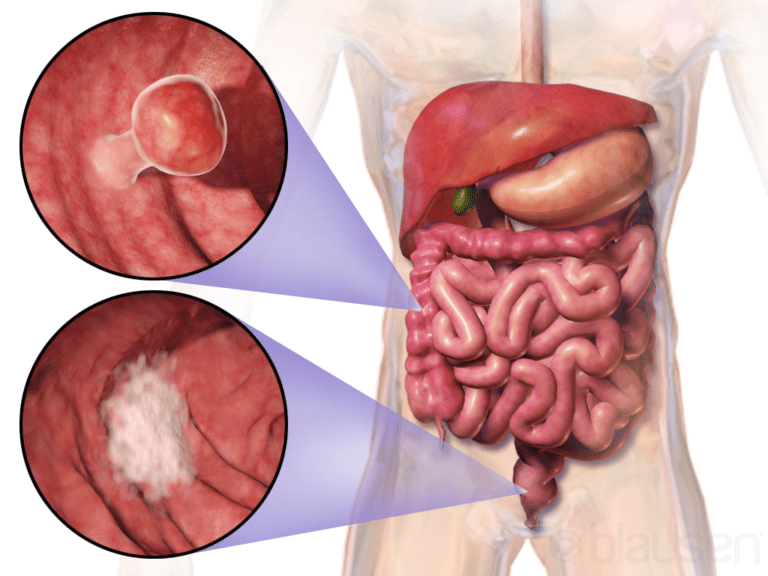Rectal tumorsare divided into benign and malignant. the rectum begins at the end of the last part of the colon, and ends at the anus.
Thank you for reading this post, don't forget to subscribe!Despite the great similarity between colorectal cancer, the method of treating them is different. .This is mainly because the rectum is anatomically different from the colon.
Thanks to the recent change in diagnostic and treatment facilities,. The cure rates for patients with rectal cancer have clearly improved.
Signs of rectal cancer include:
- Change in the nature of defecation, such as constipation and then diarrhea or vice versa.
- Frequent bowel movements during the day
- Blood in stool
- Thin fish stool
- Absence of a feeling of emptying the bowels after a bath
- Pain in the pelvis, abdomen or back
- Unintentional descent into weight
- Fatigue.
Cells in the rectal wall grow uncontrollably due to DNA mutations. These cells may accumulate and form a tumor. Over time, cancer cells can grow to extend into nearby normal tissues.
In some families, rectal cancer runs in the family. There are two genetic syndromes that can be diagnosed with tests.
FAP syndrome, it is a rare disease that causes thousands of polyps in the lining of the rectum. The risk of developing colon or rectal cancer before the age of 40yincreases..
Lynch syndrome، it increases the risk of colon cancer and other cancers such as uterine and breast cancer. People with Lynch syndrome tend to develop colorectal cancer before age 50 y.
Risk factors for rectal and colon cancer include:
- Old age.
- Personal history of colorectal cancer.
- Ulcerative colitis.
- Crohn ‘s disease.
- FAP syndrome.
- LYNCH syndrome.
- Smoking.
- Eating an unhealthy diet that contains little vegetables or red meat in excess.
- Inactivity and lack of activity and sports
- Obesity and overweight.
- Untreated diabetes regularly
- Radiation exposure.
To reduce your risk of rectal cancer, do the following:
- Colorectal screening begins around age 45 y or earlier if you have risk factors for colorectal cancer.
- Change your lifestyle by exercising regularly
- Change your diet to a healthy one. Contains fruits, vegetables, and whole grains.
- Maintaining a healthy weight.
- Quit smoking and alcohol.
To confirm the diagnosis of rectal cancer:
- Colonoscopy and biopsy
- CT
- MRI
- PET CT
Rectal cancer treatment depends on a combination of treatments. Rectal cancer is treated with surgery to remove part of the rectum and reconnect the intestine, either before or after complementary treatment.
Determining which surgery is best for you depends on the nature of your condition, such as the location of the cancer ، its distance from the anus, and the patient’s general health.
The treatment is used Medication with radiotherapy before an operation to shrink a large cancer so that it can be removed with surgery. It is possible to use them after surgery, depending on the stage of the tumor.
Operations used to treat rectal cancer include:
- Trans anal resection of anal tumors.
- Resection of all or part of the rectum .
And here comes the role of minimally invasive surgical intervention using advanced laparoscopy through small holes in the abdominal wall.
It has several advantages, including less blood loss during surgery and less pain, compared to traditional surgery. In addition, the chances of surgical complications are less and less need for analgesics and transfusion of blood products after surgery, thus helping patients return to their normal lives faster compared to other surgeries.
The patient does not need a long stay in the hospital, so he can be discharged from the hospital a few days after the surgery With nice small scars.
Chemotherapy may be needed according to the analysis of the tumor and lymph nodes pathology .
The role of periodic follow-up comes with clinical examination imaging and colonoscopy every 3 to 6 months for the first two years and then every 6 to 12 months thereafter based on international scientific guidelines to complete the treatment plan.




